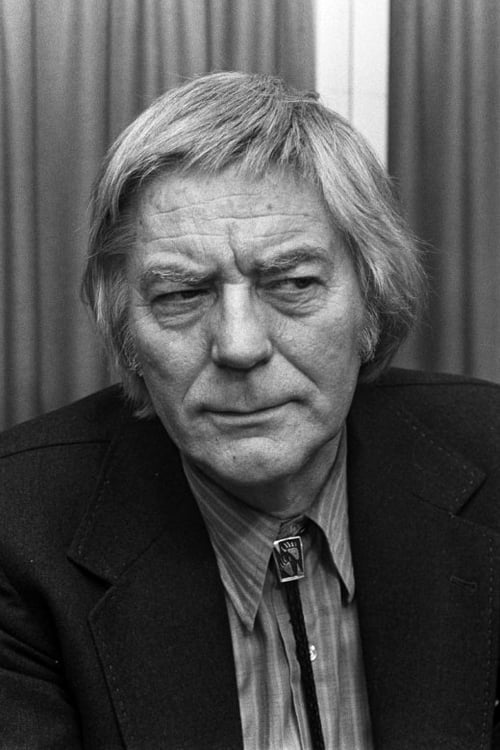Mirror of Holland (1950)
Жанр : документальный
Время выполнения : 9М
Директор : Bert Haanstra
Краткое содержание
In this short film Bert Haanstra gives his vision - from the water – of a tranquil Holland. During filming he held the camera upside down and afterwards put the images ‘up right’ again in the film. By doing this, we see the ‘usual’ waterfront, but transformed by the rippling of the water. In this way Mirror of Holland became a modern looking experimental film. However this did not devalue the Dutch sentiment regarding waterfronts that are so trusted to so many.

Нидерланды 40-х годов. После вторжения нацистов агенты Сопротивления пытаются внедрить своего человека в дом экс-кайзера Вильгельма II. На этом фоне между офицером СС и прекрасной молодой еврейкой вспыхивает страстный роман, последствия которого оказываются непредсказуемыми как для влюбленных, так и для самого кайзера.
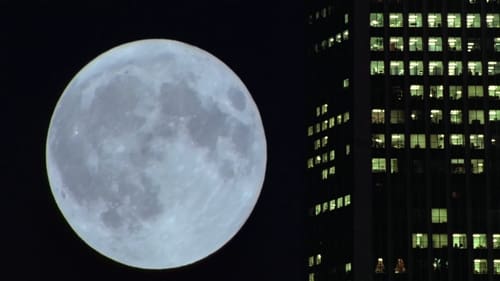
«Koyaanisqatsi» — с языка индейцев племени хопи — это безумная жизнь, беспорядочная жизнь, жизнь на грани распада, жизнь вне баланса, жизнь, требующая изменений во имя продолжения жизни…
"Коянискацци" (Koyaanisqatsi; Жизнь, выведенная из равновесия) - документальный фильм Годфри Реджио с музыкой композитора-минималиста Филипа Гласса и киносъёмками Рона Фрика. Лента содержит большое количество фрагментов, снятых по технологии замедленной киносъёмки. Фильм полностью лишён дикторского текста и актёрской речи, однако его музыкальное оформление, на которое опирается сюжет, занимает в повествовании такое же значение, как и видеоряд, и, фактически, создаёт атмосферу фильма. Это первый из трилогии фильмов "Кацци", показывающей с различных сторон взаимодействие человека и технологии. Более десятилетия из-за лицензионных ограничений фильм "Коянискацци" не издавался, так как Филип Гласс и его ансамбль гастролировали с ним, вживую исполняя музыку прямо перед киноэкраном во время показов.
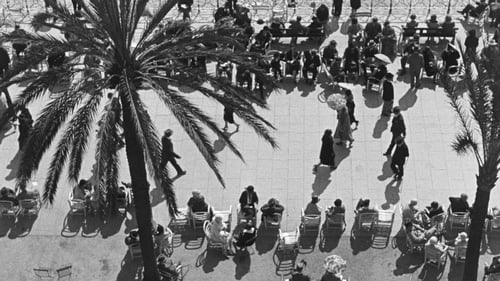
What starts off as a conventional travelogue turns into a satirical portrait of the town of Nice on the French Côte d'Azur, especially its wealthy inhabitants.
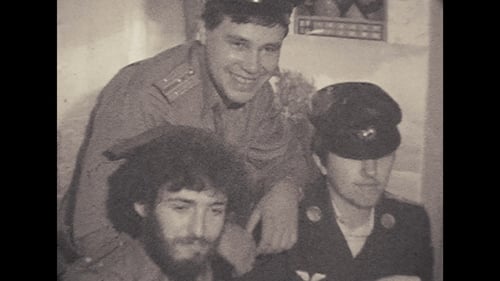
Псевдодокументальный (mockumentary) экспериментальный фильм, в котором показан один день из жизни молодого человека. Действие происходит в День Советской Космонавтики, 12 апреля одного из последних лет существования СССР. За окном постепенно теплеет, ощущается наступление весны, сулящей надежду на возможность перемен в стране. Герой фильма увлекается космосом. Юноша, боготворящий Гагарина, занимается реконструкцией, изготовлением униформы, в которой ходил космонавт в расцвете своей славы. Ещё наш герой – кинолюбитель. Он снимает фильмы с сюжетами космических полётов и демонстрирует их своим друзьям. Фильм стилизован под любительские кинофильмы 1980-х годов и снят на цветной 16-мм плёнке фирмы "Свема", изготовленной ещё в Советском Союзе. Качество этой киноплёнки позволяет зрителю наиболее полно погрузиться в атмосферу времени действия фильма, который посвящён советской космонавтике и Эдварду Вуду Младшему.
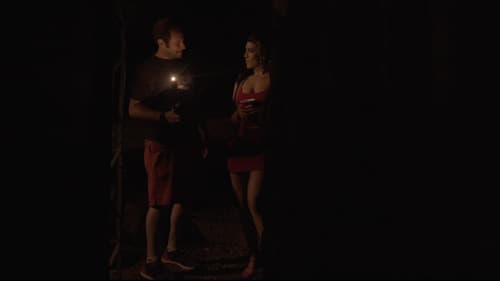
A costume designer is sent to the Catskills for an interactive theatre piece set in the 1920s. When she arrives things seem dark, strange and off. She soon realizes she is part of a student film.

Shot under extreme conditions and inspired by Mayan creation theory, the film contemplates the illusion of reality and the possibility of capturing for the camera something which is not there. It is about the mirages of nature—and the nature of mirage.
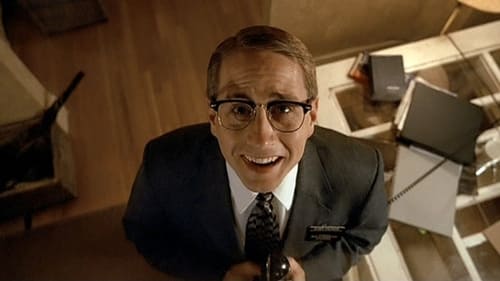
Two pairs of Mormon missionaries from America live in a beaten-up apartment in the Dutch city of Haarlem. Their personalities are distinctly different. Elder Johnson is the District Leader and oversees their efforts. His companion, the vain Elder Van Pelt, seeks to become the assistant to the mission president (the top post available) as soon as possible. The capable Elder Rogers has become disillusioned and inattentive to his duties ever since a previous missionary companion returned to America and married Elder Roger's girlfriend. The three meet Elder Roger's new companion, Elder Calhoun, in the train station. This new elder is a nerdy but enthusiastic "greenie" that has just arrived from the Missionary Training Center (MTC) in Utah. Unfortunately, his training did not give him much fluency in the Dutch language. But as luck would have it, the first person he approaches to proselytize is a fellow American named Kyle.
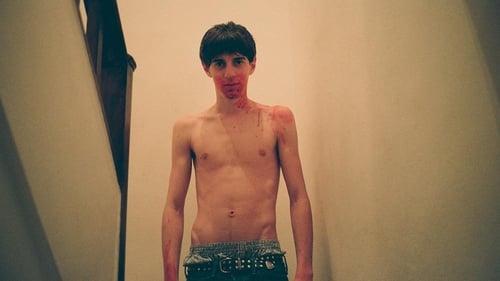
Each day after work, Carlos, a language school teacher, frequents the heady surroundings of his local cruising ground. One evening he encounters a teenage boy from his class named Toni, and the two engage in a brief sexual tryst. As the relationship between teacher and student begins to develop, some dark truths emerge about the young man and his mysterious group of friends.
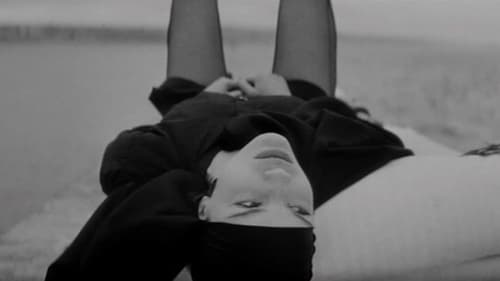
30 year old child enters the new city, riding on a donkey. He says he is the Savior. He has spent no time among men. He is trembling with cold. His clothes are soaked. His mother was overprotective ; his father conspicuously absent. He knows that he must face the mockery, refusal, ignorance and blindness of the men around him. They travel in gangs, in large numbers : soldiers, mercenaries or the like, on majestic, imposing horses. Everything is out of proportion to his thin, bewildered, innocent body ; he is the madman of the new city...

This short film made by László Moholy-Nagy is based on the shadow patterns created by his Light-Space Modulator, an early kinetic sculpture consisting of a variety of curved objects in a carefully choreographed cycle of movements. Created in 1930, the film was originally planned as the sixth and final part of a much longer work depicting the new space-time.

A visual representation, in four parts, of one man's internalization of "The Divine Comedy." Hell is a series of multicolored brush strokes against a white background; the speed of the changing images varies. "Hell Spit Flexion," or springing out of Hell, is on smaller film stock, taking the center of the frame. Montages of color move rapidly with a star and the edge of a lighted moon briefly visible. Purgation is back to full frame; blurs of color occasionally slow down then freeze. From time to time, an image, such as a window or a face, is distinguishable for a moment. In "existence is song," colors swirl then flash in and out of view. Behind the vivid colors are momentary glimpses of volcanic activity.
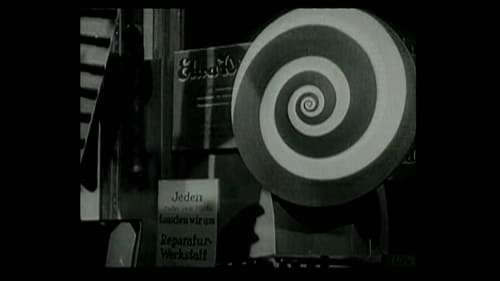
A train speeds through the country on its way to Berlin, then gradually slows down as it pulls into the station. It is very early in the morning, about 5:00 AM, and the great city is mostly quiet. But before long there are some signs of activity, and a few early risers are to be seen on the streets. Soon the new day is well underway. It's just a typical day in Berlin, but a day full of life and energy.

An experimental film comprised of Stanley Kubrick's THE SHINING played forwards and backwards at the same time on the same screen, creating bizarre juxtapositions and startling synchronicities

This hand-painted work is easily the most minutely detailed ever given to me to do, for it traces (as best I'm able) the hypnagogic after-effect of psychological cathexis as designed by Freud in his first (and unfinished) book on the subject - "Toward a Scientific Psychology." (SB)

A montage of the skyscrapers of Manhattan opens with a succession of stationary views of the upper portions of numerous buildings. This is followed by a wide variety of fluid shots, which also begin to show more and more of the surrounding city, in addition to the skyscrapers themselves.

A tilted figure, consisting largely of right angles at the beginning, grows by accretion, with the addition of short straight lines and curves which sprout from the existing design. The figure vanishes and the process begins again with a new pattern, each cycle lasting one or two seconds. The complete figures are drawn in a vaguely Art Deco style and could be said to resemble any number of things, an ear, a harp, panpipes, a grand piano with trombones, and so on, only highly stylized. The tone is playful and hypnotic.

This documentary takes an economic perspective, painting a candid picture of how the Dutch chain store HEMA has had to adapt to modern times and globalization to continue as a major player on the highly competitive retail market. It's all about expansion, even as far as China. But do foreign countries really need quintessentially Dutch concepts such as uniform pricing, the classic HEMA smoked sausages and timeless ladies' dresses? Chinese filmmaker Yan Ting Yuen, who came to the Netherlands at the age of six, followed the passionate CEO for a year, trying to find out what makes HEMA so unique. It turns out to be about more than just smoked sausages, as shown by the success of the new stores in France, where customers stuff their baskets with coffee mugs and Dutch syrup waffles.

The faces of a 5:00 PM crowd descending via the Pan Am building escalators in one continuous shot. In old-fashioned black and white, these faces stare into the empty space, in the 5:00 PM tiredness and mechanical impersonality, like faces from the grave.

Hans Richter, noted for his abstract shorts, has everyday objects rebelling against their daily routine.

This is one of the classic animations of the 1990s with its surreal tale of the struggle between the sexes. All the strains as well as the closeness of relationships are shown, the title referring to the repetition of the tensions throughout our lives. It also reveals the role the woman plays in a marriage and the need, though often not communicated properly, of the man for this companionship and support.

Венгерский короткометражный фильм, описывающий отчаянный труд мифического героя Сизифа, который целую вечность толкает тяжелый камень на гору в наказание за свои деяния. В основе мультфильма лежит древнегреческий миф. Анимационный герой Сизиф — персонаж линейный, обнаженный мускулистый юноша недюжинной силы. Но камень, который он должен затолкать на гору, больше него и становится еще больше с каждым проделанным шагом. Юноше не дано понять, что все его попытки будут провалены, и гигантский булыжник никогда не найдет покоя на вершине горы.

With a similar dreamy mood like its predecessor "Take the 5:10 to Dreamland" (1976) this clip starts with a boy getting into his bed. The camera zooms in into the boy's mind and a slow, sad waltz (i.e."Valse Triste") accompanies images of a locomotive, a miner, the globe, the sky, a sheep heard, etc. Disparate elements, but if one concentrates only at the movement of the figures, one can perceive a commotion, slowly livening up: The starting wheels of the heavy locomotive, the tired miner pushing the heavy cart of coal bricks, the globe smoothly turning around and around, the clouds imperceptibly floating in the sky, the sheep idly moving in the herd, etc. We reach the first climax when a mannequin opens her coat like a flower. The second big crescendo spurts out from a "water hose", after watching schoolgirls doing gymnastics for quite a while. A sad, but nostalgic aftertaste lingers in the end when funeral cars drive away through a flooded area…
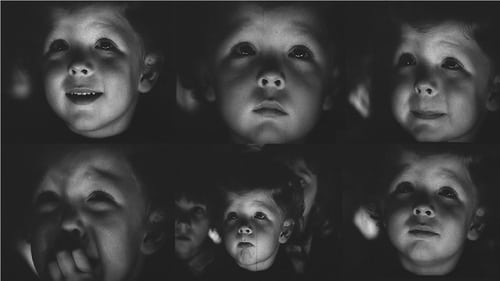
10-минутное путешествие эмоций, с которыми сталкиваются детские лица. Страх, любопытство; улыбка. Все сидят в темном театре. То, что они видят, мы не видим; мы можем только догадываться по их лицам.

Stan Brakhage's final film, made shortly before his death by wetting a filmstrip with saliva and using his fingernail to scratch marks into the emulsion.

Film about politically motivated violence in the Kingdom of Prussia.

This short animated fable stars witches, cloaked riders and other Gothic characters, in a tale about the hungry natural world. Here the artist plays cat's cradle with ideas, especially the notion that one thing leads to another and that lives lead from one to another. Without words but featuring a witch's brew of sounds.

Animated short film by Christopher Hinton.

An artist receives the visit of Grogg, an animated captain, to draw his portrait

A crazy squirrel provokes a dog into trying to catch him throughout the picture.

Documentary following an Edinburgh fishing trawler, the "Isabella Grieg".

Man's rebellion against the world of the digits.

Two Penny Magic (Zweigroschenzauber) starting off with a little magic trick. It then presents an array of images from swimmers, bicyclers, murderers, airplanes in flight, boxers, lovers, runners, becoming in the end a collection of images in a magazine.

Furniture and clutter of one small apartment room become the subject of a moving still life—with Akerman herself staring back. This breakthrough formal experiment is Akerman's first film made in New York.

A waltz played with an accordion starts a short story about the running time.

In the first action he filmed, 6/64 Mama und Papa, Kren’s editing leads to many interlocking continuous shots; central takes recur like a leitmotif, circular motion and networking can be observed throughout the film. Kren painstakingly weaves the fury in front of his camera lens into dense geometrical figures. Shot/countershot sequences alternate, lumping back and forth between single (!) frames, they turn the Actionist turmoil into ornaments, rigid geometrical patterns, the equivalent in time to what Mondrian used to distill on canvas in space. (Peter Tscherkassky)

A day at the carnival — sensational tent shows where miracles can be seen for the price of admission, boisterous noise of crowds and barkers, shrill and gaudy circus music, the violence of the street ten-fold. This is the substance of Everything Turns, Richter’s first sound film. At its premier at Baden-Baden Richter got into a fight with two Nazi officials who disliked the film's ‘modernism.’ Yet in 1936 it was awarded first prize for artistic merit by the Nazis, with Richter’s name suppressed from the credits. He had long since left Germany.

La marche des machines is a thundering, thumping symphony of turbines, belts, flanges, wheels and sparks.

John, who loves the bottle a little too much, is one of a group of sightseers. Too drunk to follow the party, the reeling drunkard remains on the site of a ruin where he starts having hallucinations.

"Studie II (Hallucinationer)" (Study II (Hallucinations)) (1952), comprises twelve staged scenes that were modelled after a set of drawings. Accompanied by metallic sounds, various body parts, limbs and objects form surrealistic collages against the background of a black space. Peter Weiss intended to create associative images that can not be deciphered completely. Beyond any logical interpretation, he wanted to show pure inner feelings.

